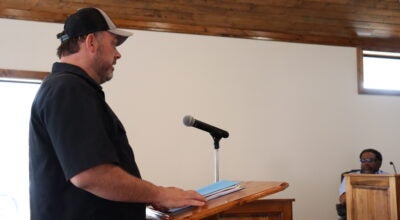County maintains roads with less money
Published 7:00 am Saturday, February 22, 2014
Last week, the T1 Coalition presented a proposal to the state legislature that calls for a short-term, three-year program to allocate funds for state aid road maintenance until a long-term program can be developed.
The T1 Coalition stated in their February newsletter that approximately $321 million of user fees collected specifically for highways as established with the 1987 Highway Program, has been used for other purposes.
The 1987 Highway Program was enacted by the legislature to establish an 18-cent per gallon user fee that would go toward increased safety, economic development and public access to highway systems.
Since 1987, the user fee hasn’t been adjusted for inflation and the legislation didn’t include a revenue source for maintenance of state, city and county roads and bridges.
In Pearl River County, about 20 percent of the 1,200 miles of roads are state aid roads that would benefit from the T1 Coalition proposal, said County Engineer Les Dungan.
Dale Miller, road department manager, said that he has tried to find ways to maintain the county roads with allocated funds, which have included cutting down on labor and equipment used and finding efficient processes.
Miller said the department is finding processes that last longer and are cost efficient. The department has also downsized on equipment and enters into lease-purchase agreements that include service contracts.
The service contracts allow the department to save money on parts and maintenance, Miller said.
Previous to switching to lease-purchase agreements, Miller said the department was spending about $370,000 on parts alone, compared to Hancock County’s $70,000 bill.
Miller said the most needed project is repaving heavily used roads, which would include state-aid eligible roads.
“We realize without additional maintenance funds that our roads are going to be in much worse condition than they are now,” Dungan said.
Dungan explained that if maintenance is neglected for too long, the road turns into a reconstruction project, which costs more.


